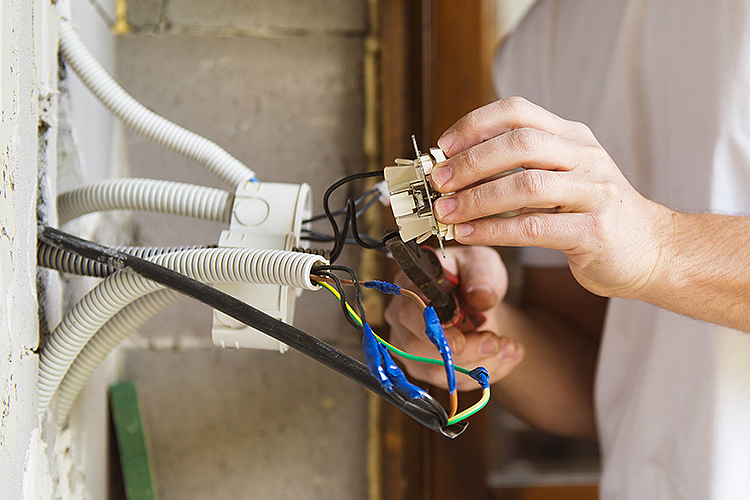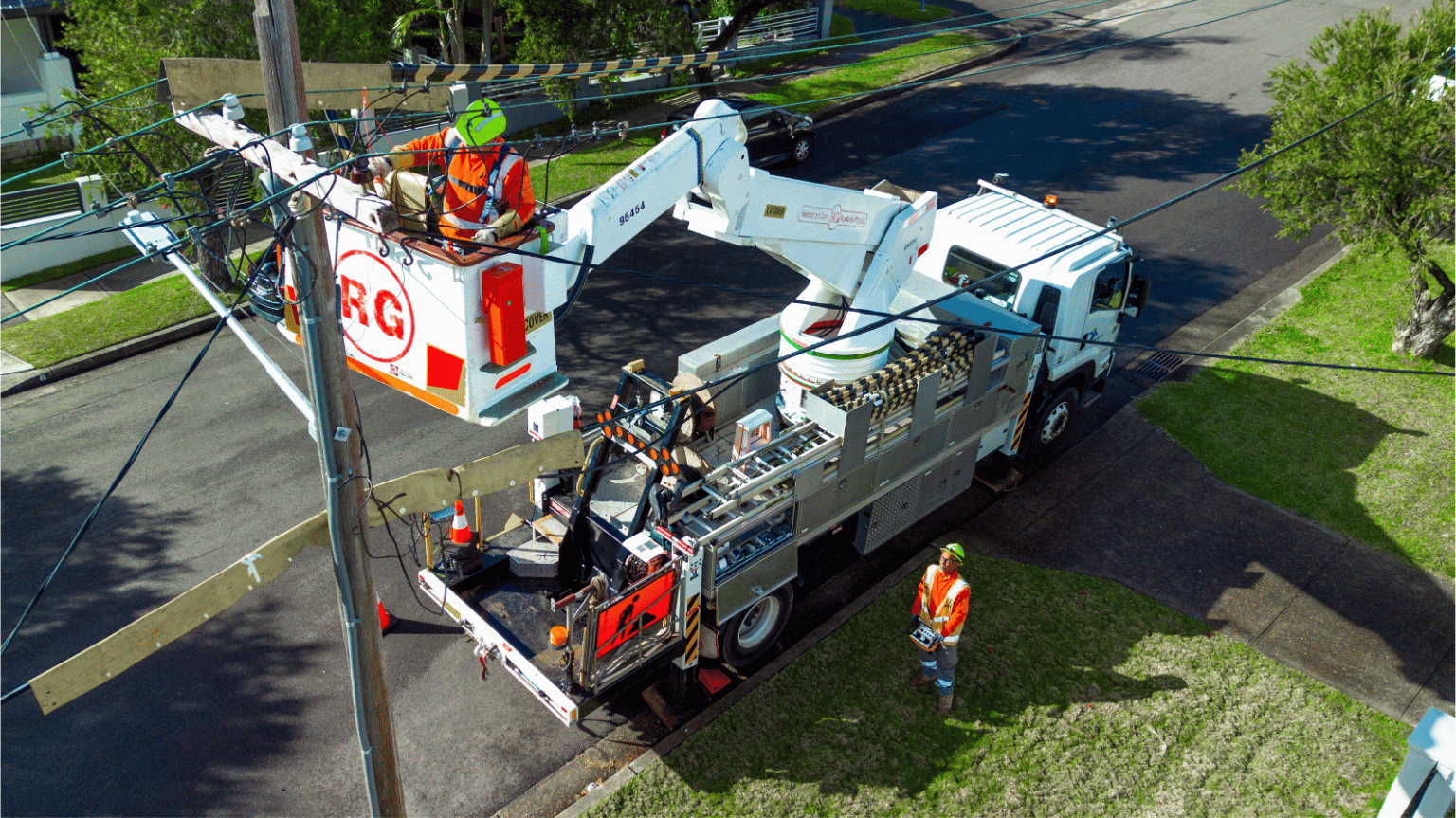The reality behind shocks and tingles
In Australia, there are approximately 20 deaths each year from electrocution, with more than half occurring in the home. Sadly, most of these tragedies could have been prevented.
Electrical appliances are the second most common cause of electrocution, according to the National Coronial Information System. While Australia has high electrical safety standards, it's important to know what to look for in order to reduce electrical risks in the home.




